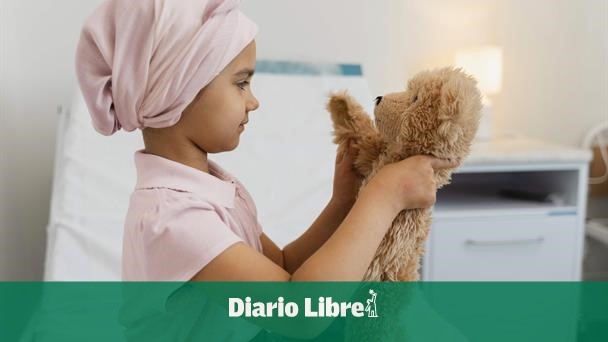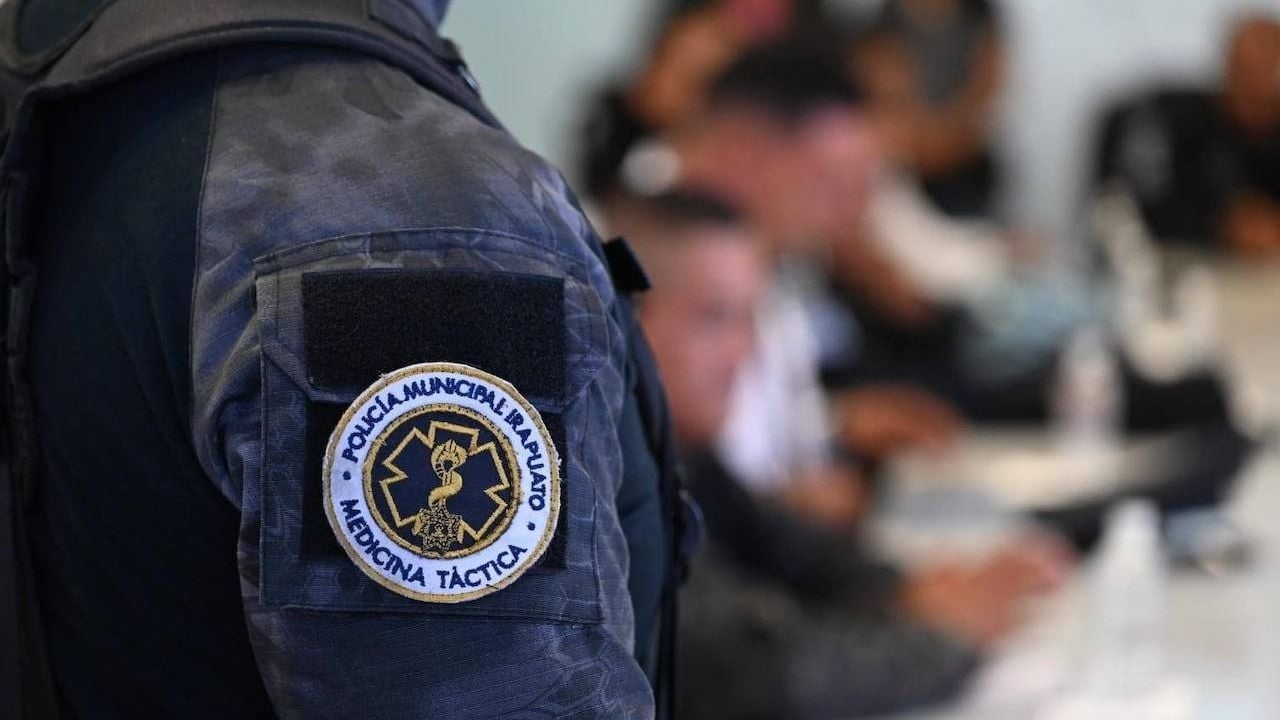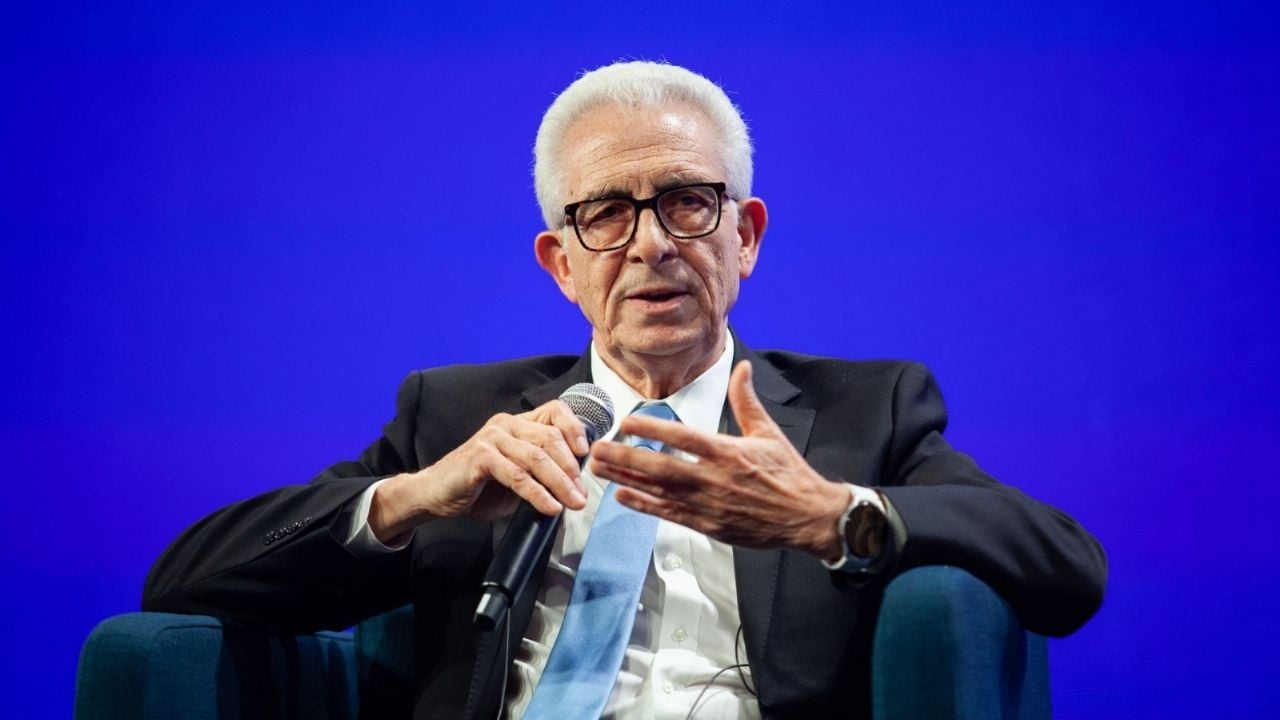Childhood cancer: early detection provides greater life expectancy

There are situations in life that no one should experience, much less a child who is just beginning to explore life. Cancer is one of them. According to the Dominican Republic's National Strategic Plan for Childhood Cancer (PENCI-RD 2023-2030), the incidence rate is 10 per 100,000 inhabitants.
Childhood cancer is a rare disease, however, it is considered the second leading cause of death among children under 15 years of age .
Although medical advances have allowed more than 80% of children diagnosed with cancer to survive five years or more , early diagnosis remains key to improving the chances of recovery and reducing the after-effects of treatment.
Dr. Ajay Gupta, MD, MS , a pediatric oncologist at Roswell Park Comprehensive Cancer Center , explains that the types of cancer that develop in children are different from those in adults .
"In children, lifestyle or environmental risk factors don't play a role. They are usually the result of changes in the DNA of cells that occur very early in life," the specialist says.
Unlike adult tumors, pediatric cancers can present silently, with symptoms that can be confused with common childhood illnesses, such as viral infections or bruises. Therefore, experts insist on careful observation for any signs that do not disappear or that worsen over time.
The five most common types of childhood cancer
Early detection and timely medical care remain the best tools for winning the battle against childhood cancer . Every warning sign, every checkup, and every early diagnosis can make the difference between life and death.
“Childhood cancer is curable. The key is to recognize the symptoms early and not dismiss what seems like a simple nuisance,” says Dr. Ajay Gupta , who details the five most common types of cancer, the most common being acute lymphoblastic leukemia (ALL), which usually appears between the ages of 2 and 4, and is more common in boys.
Reference hospitals reported 240 new cases of childhood cancer, distributed as follows:
o Robert Reid Cabral Hospital: 34.6% (83 cases)o Arturo Grullón Hospital: 18.3% (67 cases)o INCART: 27.9% (44 cases)o Hugo Mendoza Hospital: 10.8% (26 cases)o Plaza de la Salud General Hospital: 8.4% (20-26 cases)•
“ Leukemia begins in the bone marrow , spreads to the blood, and can then spread to other organs. Three out of four cases of childhood leukemia are ALL,” explains Dr. Gupta.
The most common symptoms are bone and joint pain , fatigue, weakness, persistent fever , nosebleeds or gum bleeding, and unexplained weight loss.
This is followed by brain and central nervous system tumors, whose symptoms depend on the area of the brain affected. The most common are severe headaches , morning sickness, balance problems, and blurred vision .
Neuroblastoma, a type of cancer that arises from immature nerve cells , primarily affects children under 5 years old . It usually begins in the adrenal glands , located above the kidneys. It can manifest with abdominal pain , fever , or a palpable mass in the abdomen.
According to PENCI-RD 2023-2030:
• In 2020, 392 new cases of cancer were recorded in the Dominican Republic in people under 20 years of age, with an incidence rate of 10 per 100,000 inhabitants.• In that same year, 181 deaths were reported, for a mortality rate of 4.6, both lower than the regional average for Latin America and the Caribbean.• During the 2016-2020 five-year period, 463 deaths from childhood cancer were documented:o 56.2% were males.o 43.8% were females
Wilms tumor is the most common kidney cancer in children , accounting for about 5% of all pediatric cases . It usually occurs in a single kidney and presents between the ages of 3 and 4. Parents may notice an abdominal mass, flank pain , fever , or loss of appetite .
Lymphoma (Hodgkin and non-Hodgkin), which begins in the cells of the immune system (lymphocytes) and affects the lymph nodes and other tissues such as the thymus or tonsils. Symptoms include swollen lymph nodes, fever, night sweats, and weight loss .
What are the most common symptoms, in general?According to the FACCI Foundation, at least 85% of pediatric cancers present visible warning signs that, if identified early, allow for less aggressive treatments and better cure rates. The most common signs are:
- Fever without cause for more than a week
- Headache and morning sickness
- Infections that do not improve
- Persistent bone pain
- Itching without skin lesions
- White spot on the eye
- Bleeding gums or nose
- Rapidly growing abdomen
- Sudden tiredness, paleness, or anemia
- Profuse sweating without cause
Although hard to believe, it's a cruel reality. Diagnosing and treating cancer during the first months of life presents special challenges. In infants, the immaturity of the body and the rapid development of their biological systems mean that these diseases have different characteristics than those of other childhood stages.
Difficulty communicating symptoms and nonspecific clinical manifestations often delay diagnosis. In many cases, the signs are multifactorial or aggressive , a consequence of a high tumor burden .
Genetic factors also play an important role. It is estimated that between 5% and 10% of childhood cancers are hereditary , appearing earlier and with more aggressive behavior than their non-hereditary counterparts.
TOPICS -
Diariolibre





